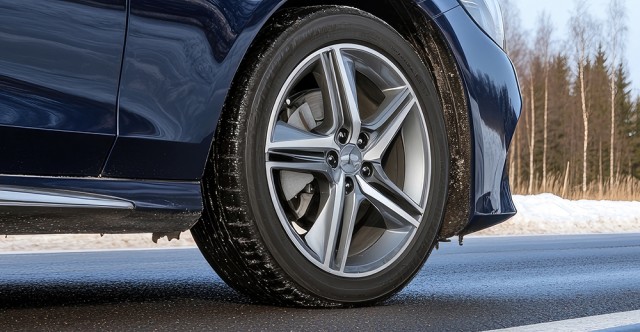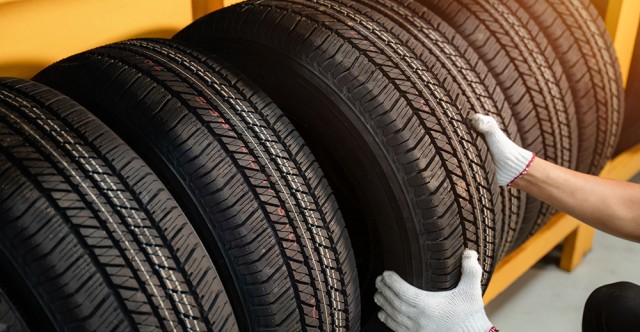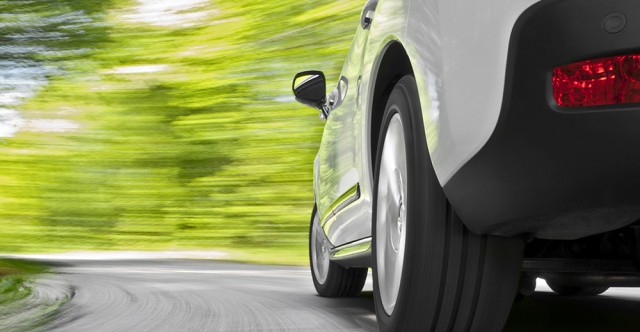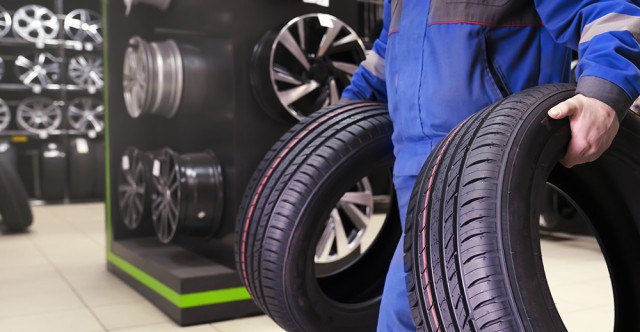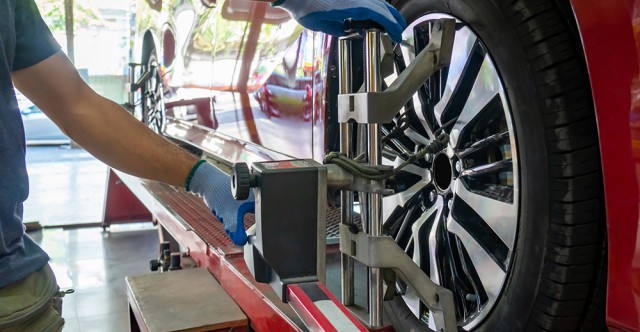Negotiate February Weather With Quality Treads
February roads range from wet to icy and back again. Keep your family safe with the right tires for your late winter excursions. Quick Lane stocks quality tires at competitive prices. Let our tire pros help you select the right set of treads for your vehicle.
